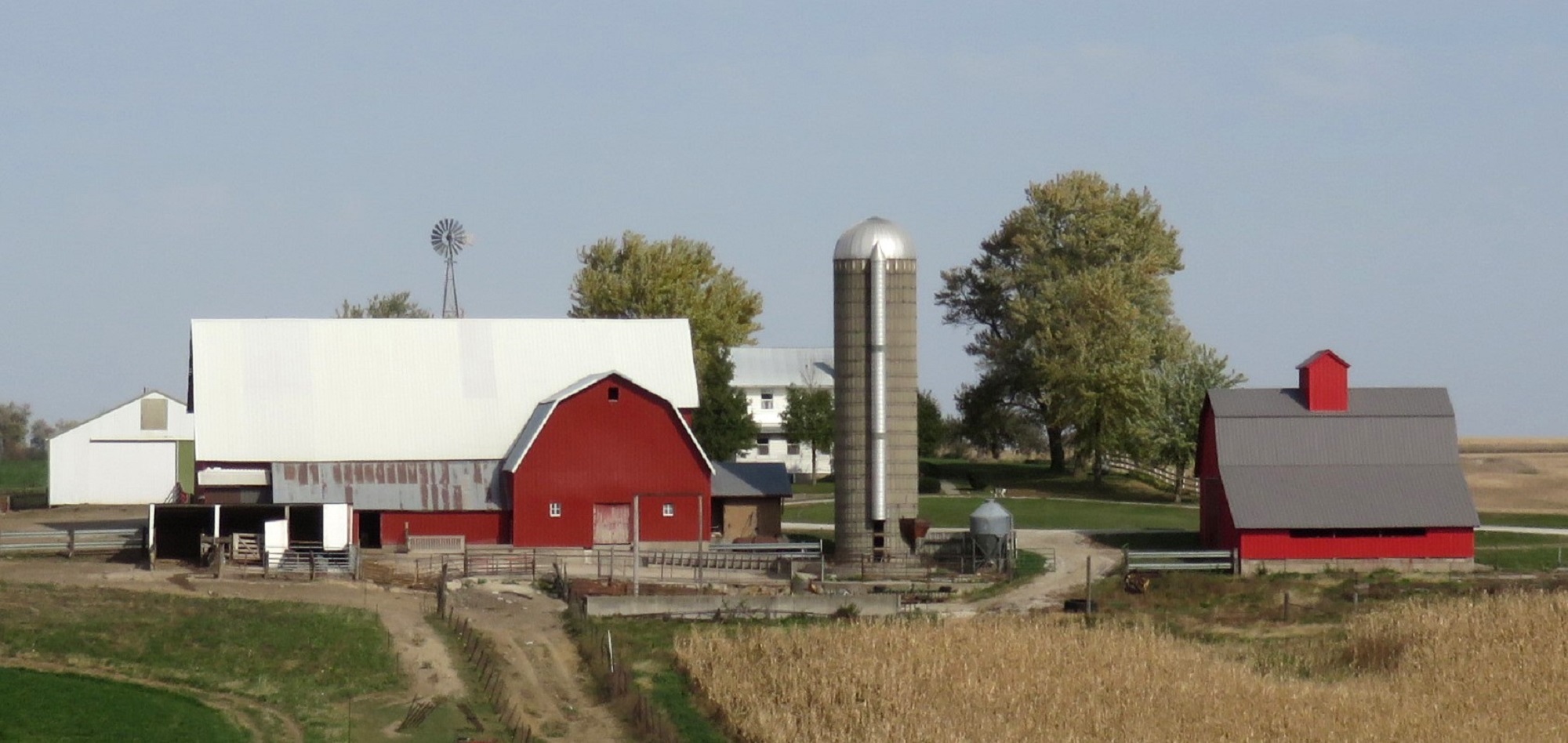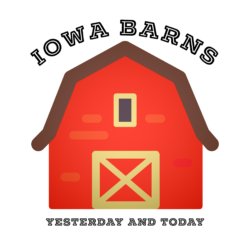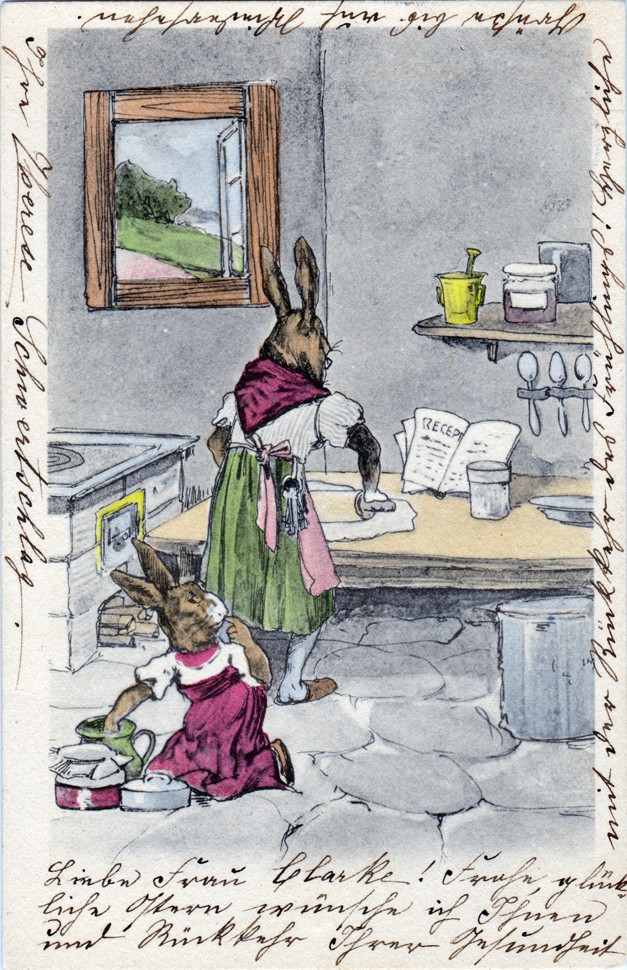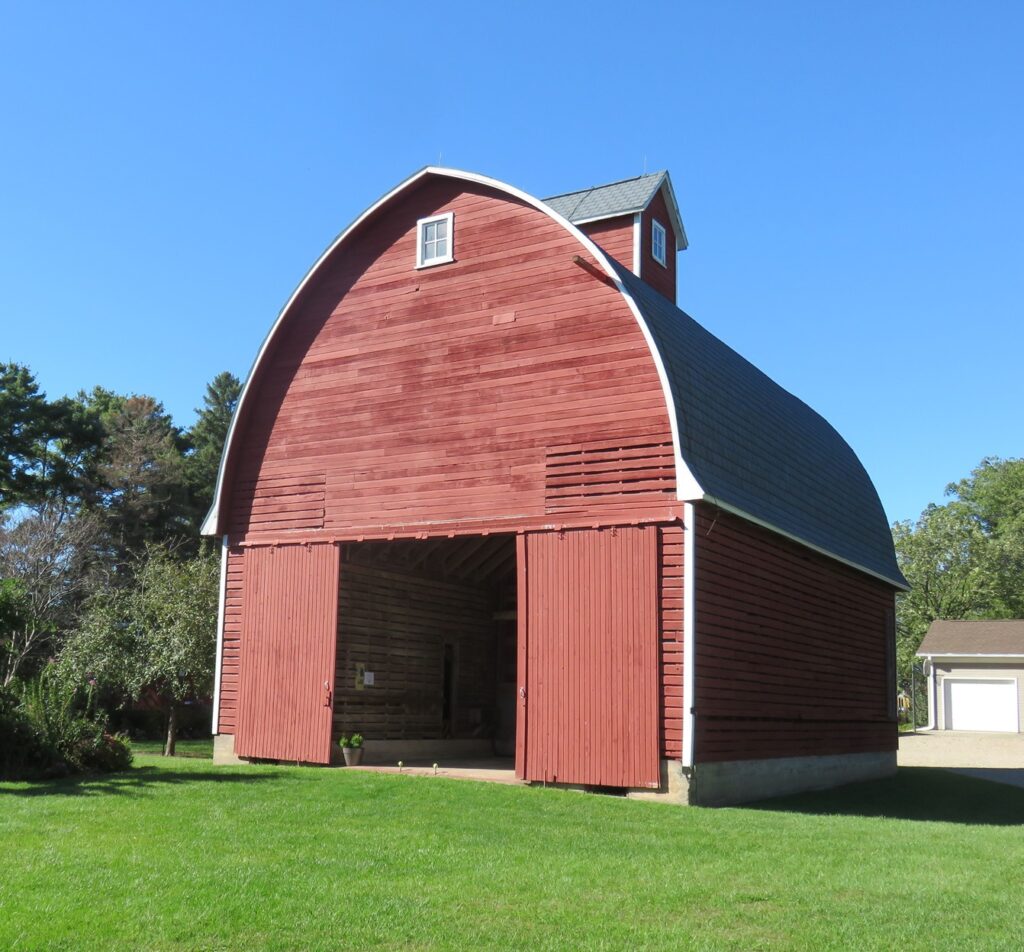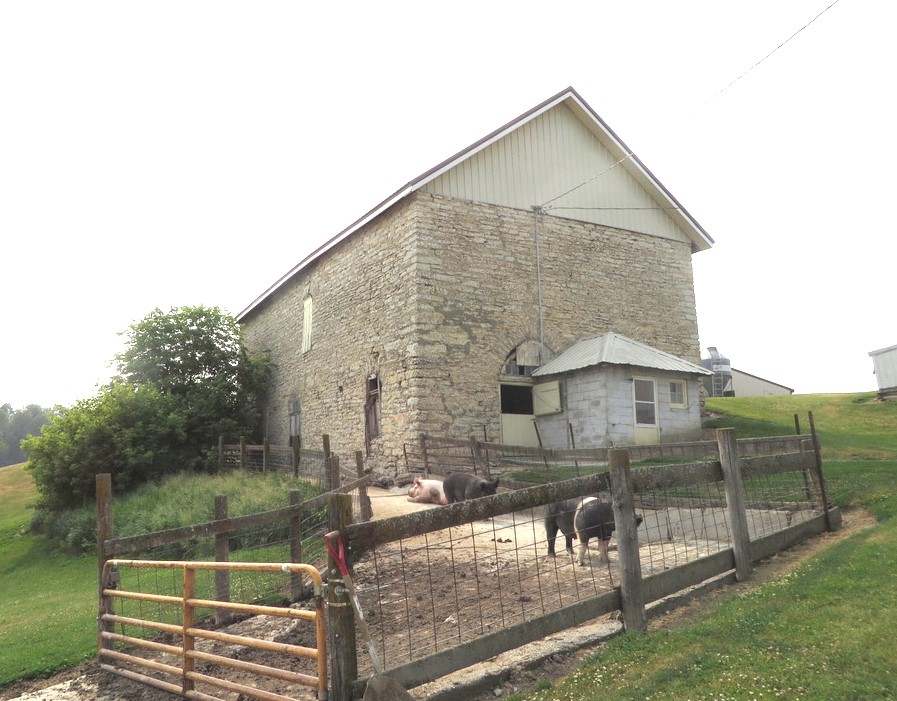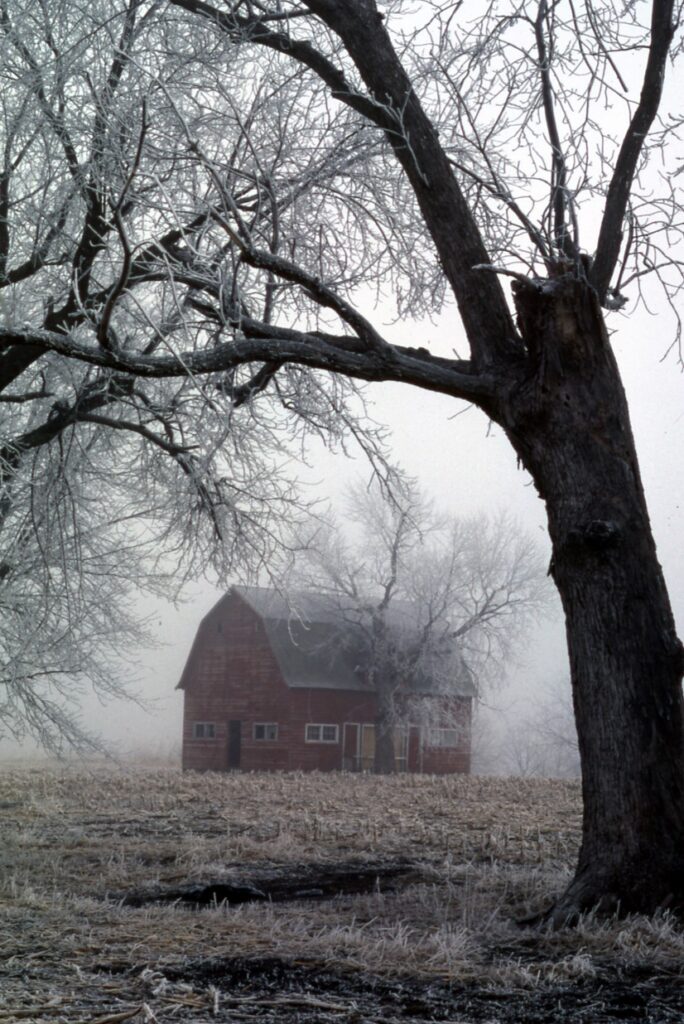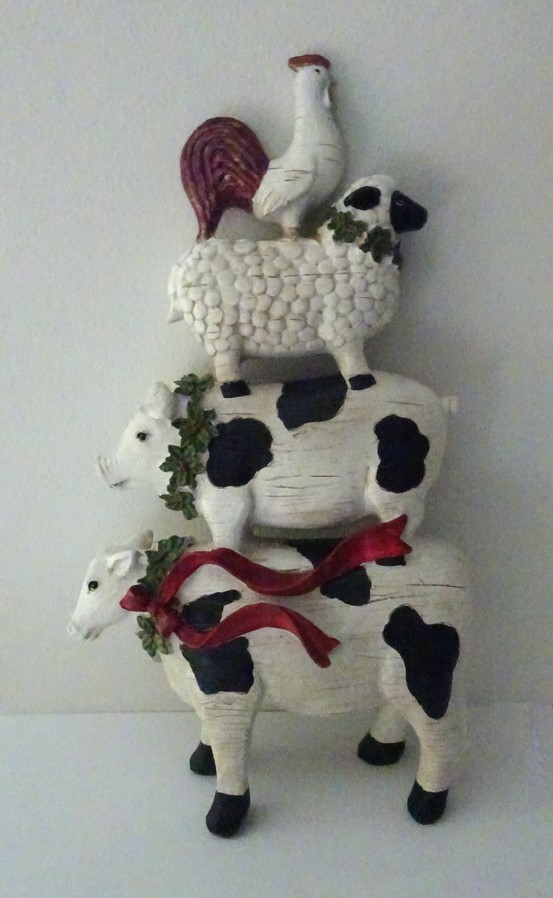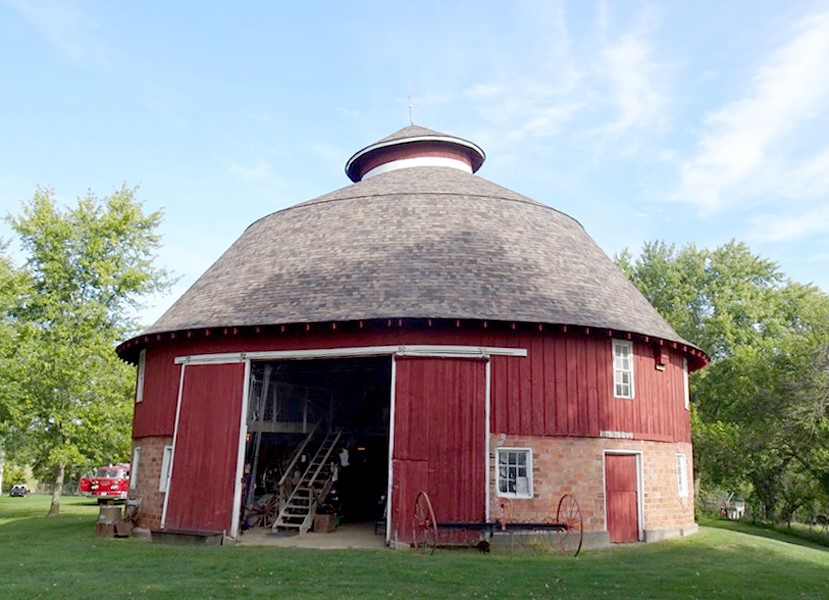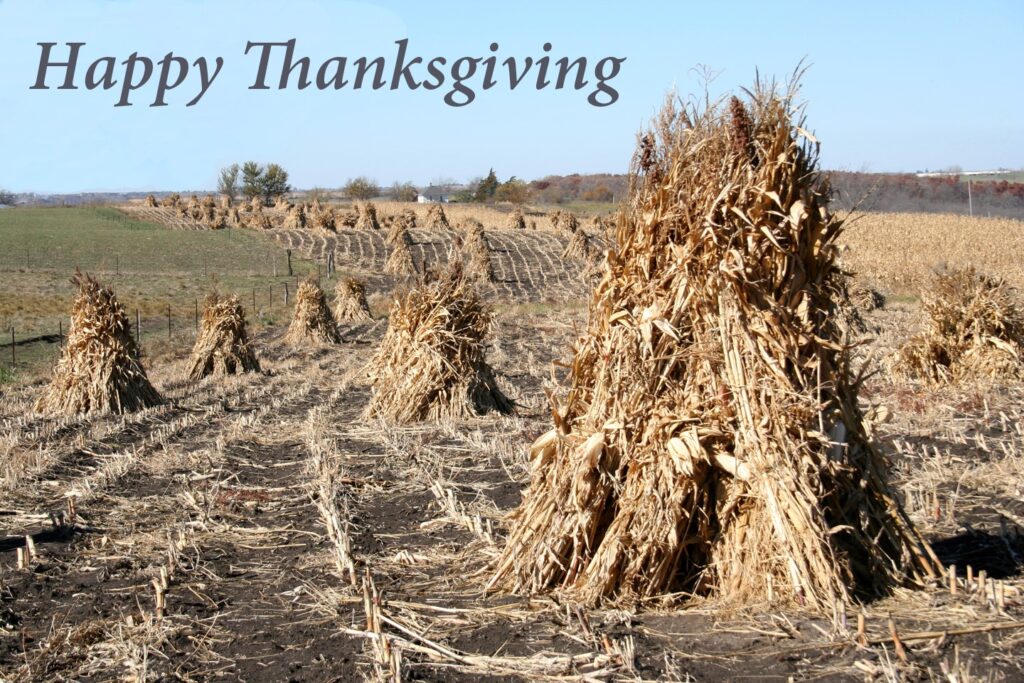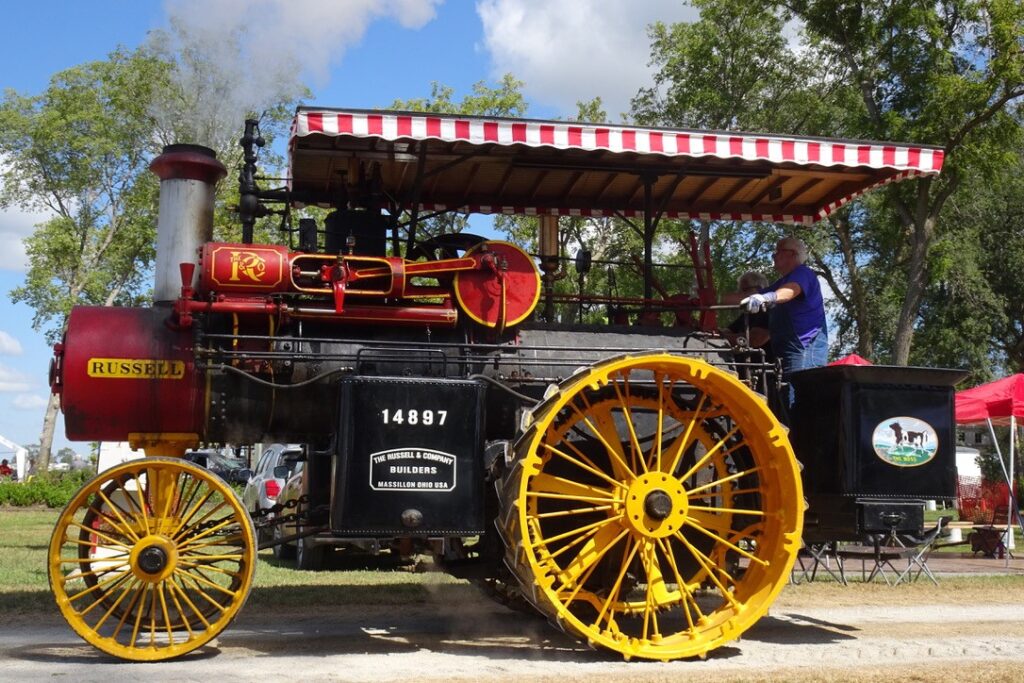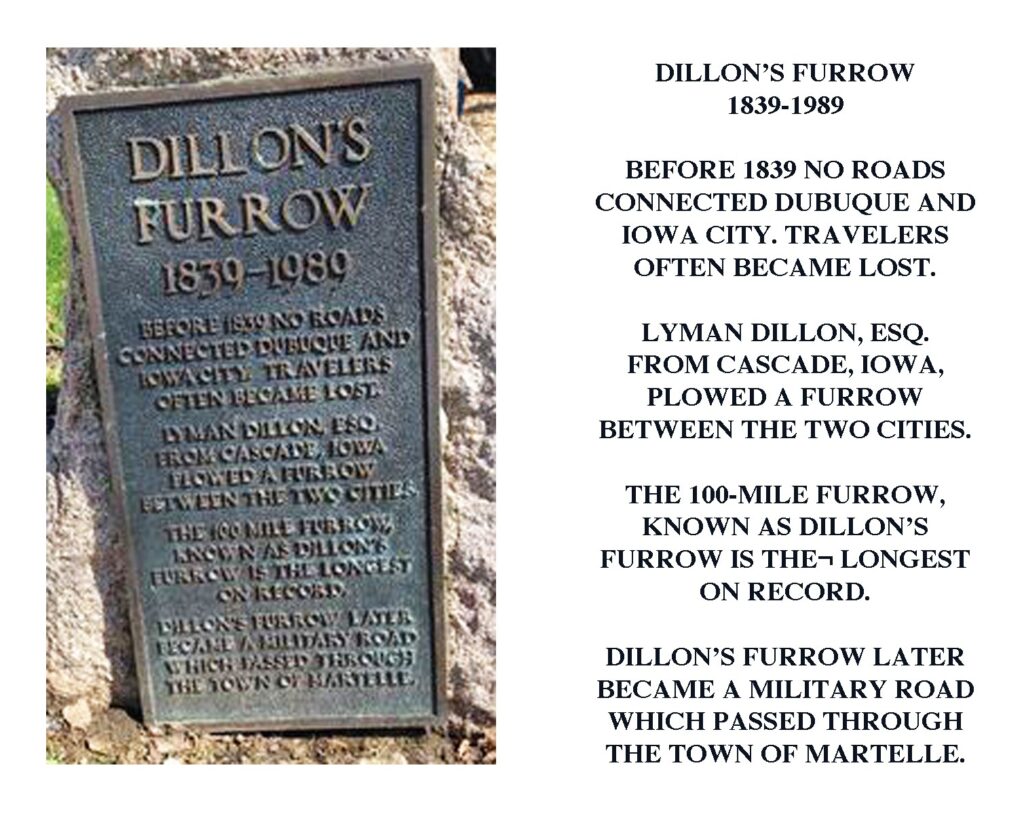
When pioneers arrived in Iowa in the 1830s they had few roads to guide them. Robert Lucas, the First Iowa Territorial Governor, wanted to connect Iowans with the outside world and with each other.
Lyman Dillon, a Cascade farmer, used a breaking plow with a yoke of five oxen to plow a furrow between Dubuque and Iowa City, the Territorial Capitol, and soon the 100-mile furrow became a major road for westbound pioneers passing through the towns of Martelle, Cascade, Anamosa, and Monticello. The date ”1989” commemorates 150 years after the furrow was plowed.
Today this road is US Highway 151 from Dubuque to Anamosa, and Highway 1 from Anamosa to Iowa City.When pioneers arrived in Iowa in the 1830s they had few roads to guide them. Robert Lucas, the First Iowa Territorial Governor, wanted to connect Iowans with the outside world and with each other.
Lyman Dillon, a Cascade farmer, used a breaking plow with a yoke of five oxen to plow a furrow between Dubuque and Iowa City, the Territorial Capitol, and soon the 100-mile furrow became a major road for westbound pioneers passing through the towns of Martelle, Cascade, Anamosa, and Monticello. The date ”1989” commemorates 150 years after the furrow was plowed.
Today this road is US Highway 151 from Dubuque to Anamosa, and Highway 1 from Anamosa to Iowa City.
